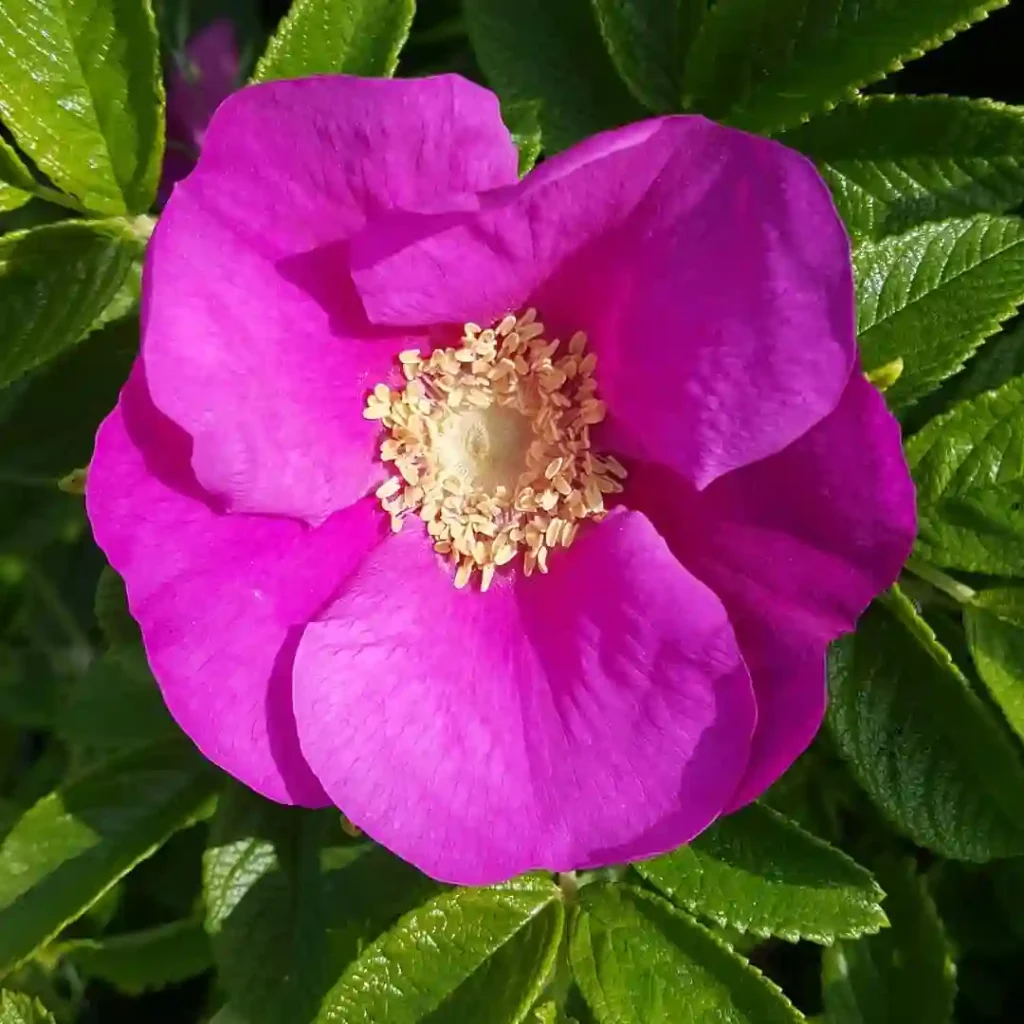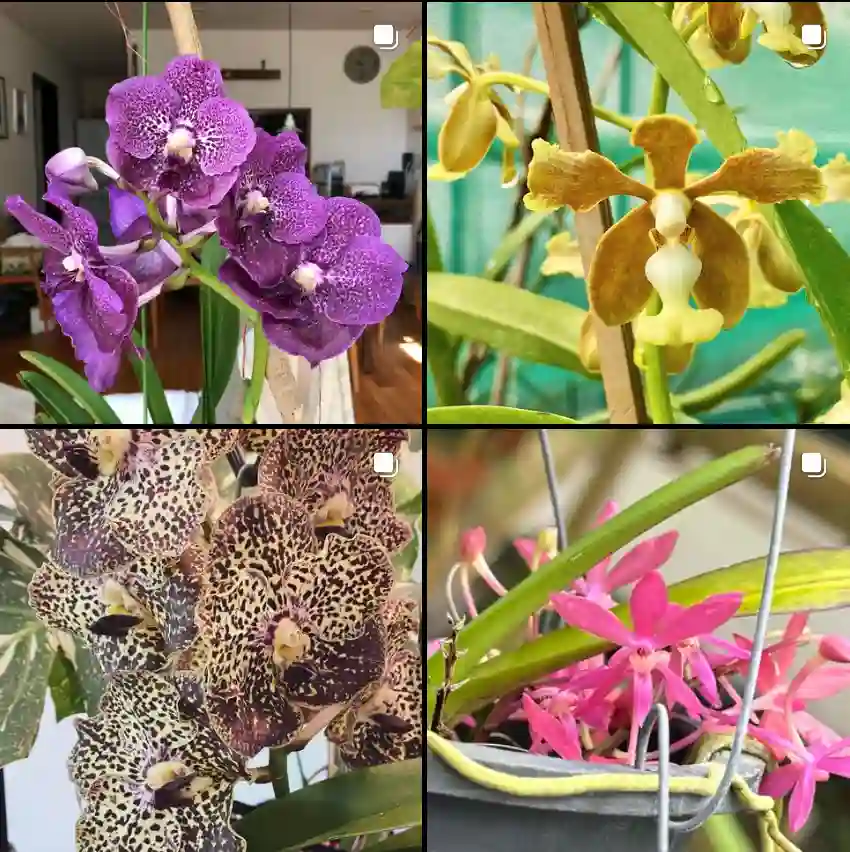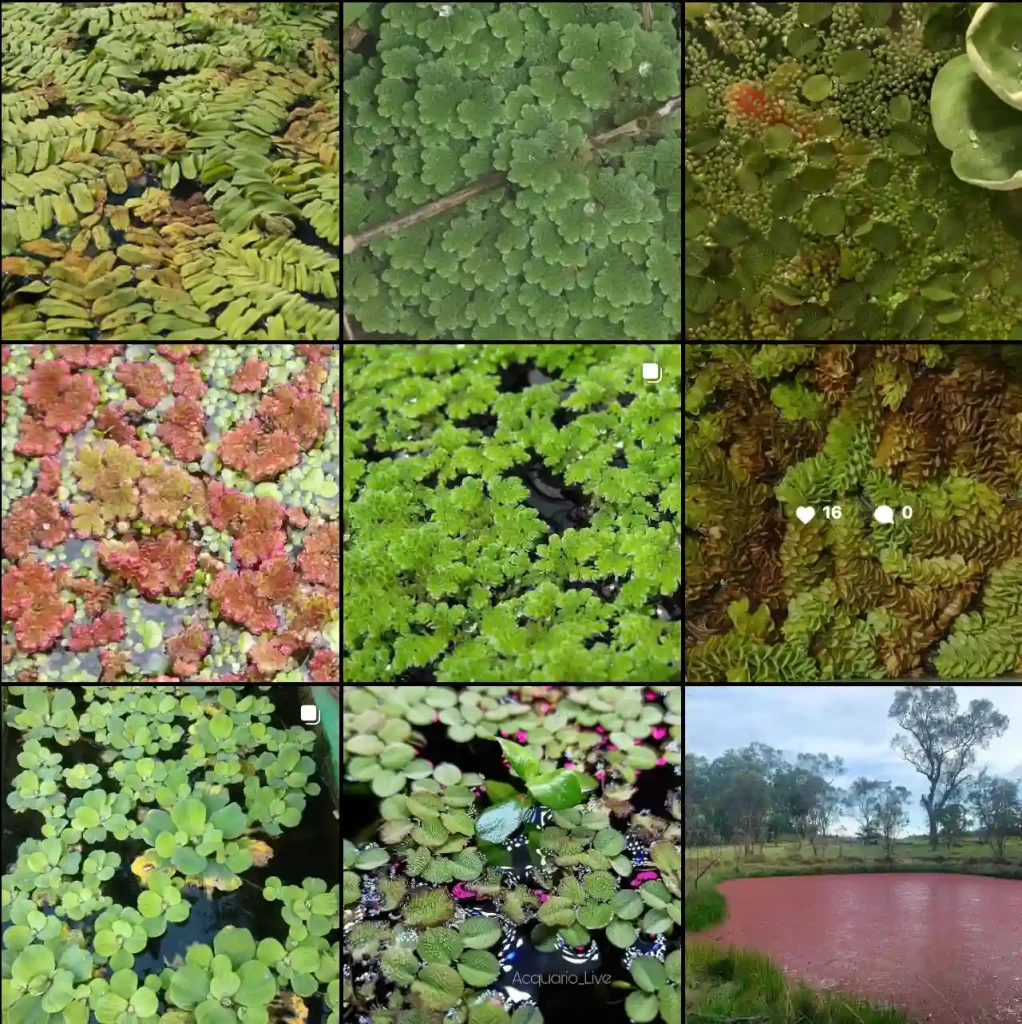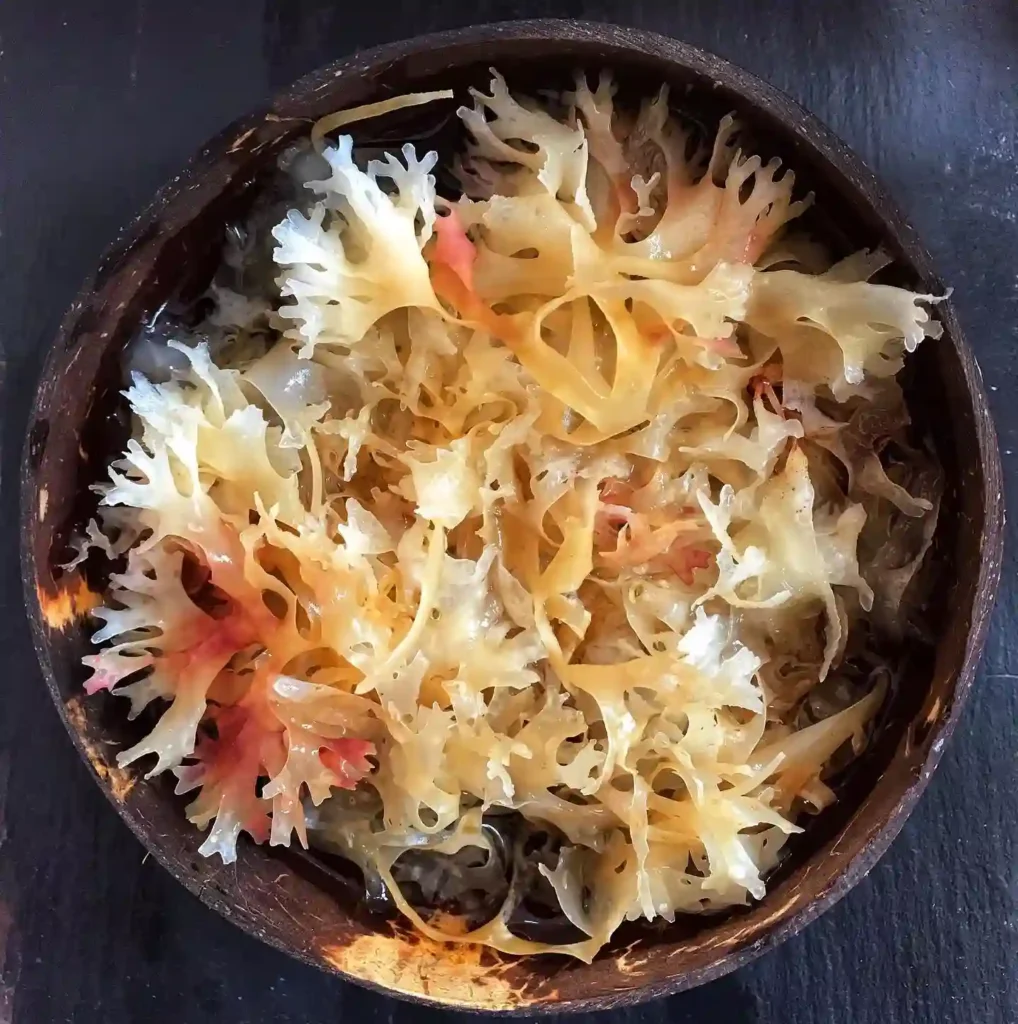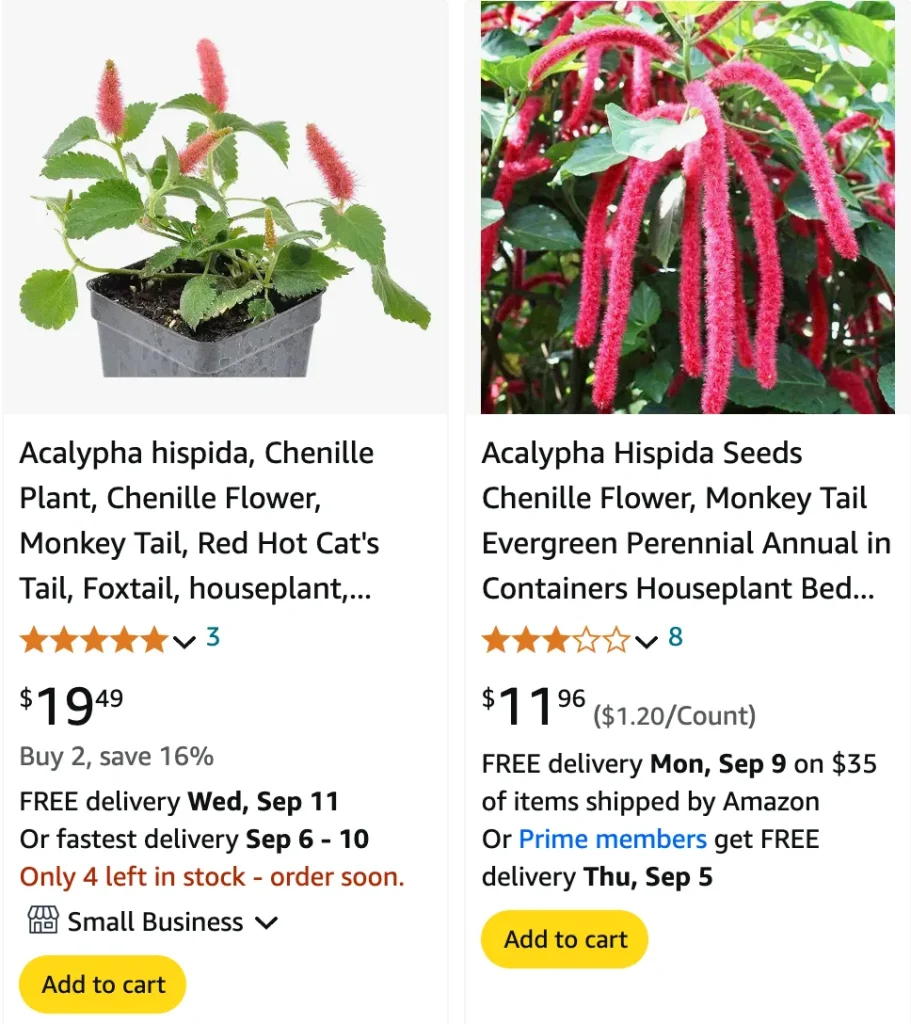
What is Acalypha Hispida?
Acalypha Hispida, commonly known as the Chenille Plant or Red Hot Cattail, is a striking tropical plant known for its long, fuzzy red flowers that resemble chenille yarn. Native to the Pacific islands, this plant is a member of the Euphorbiaceae family. It can grow up to 3-6 feet tall and is often used as an ornamental plant in gardens or as a houseplant due to its unique appearance. Its bright red blooms can bring a vibrant pop of color to any garden or indoor space.
432 Species in Genus Acalypha – Copperleaf – Chenille Plant
How to Care for Acalypha Hispida?
Caring for Acalypha Hispida is relatively straightforward, but it does have specific requirements to thrive. This plant prefers a warm, humid environment, which makes it ideal for tropical or subtropical climates. If you’re growing it indoors, ensure it receives bright, indirect sunlight. Direct sunlight might scorch its leaves, while too little light can hinder its blooming.
Watering should be consistent but not excessive. Acalypha Hispida likes its soil to be moist but not waterlogged. Using well-draining soil can prevent root rot. It’s also essential to maintain high humidity levels, which can be achieved by misting the plant regularly or using a humidifier. Fertilize the plant every month during the growing season with a balanced, water-soluble fertilizer to encourage lush foliage and vibrant flowers.
How to Propagate Acalypha Hispida?
Propagating Acalypha Hispida can be done through stem cuttings. Take a healthy stem cutting of about 4-6 inches from the plant, ideally during the growing season, and remove the lower leaves. Dip the cut end in rooting hormone to encourage growth, then plant it in a pot filled with a well-draining soil mix. Keep the soil moist and place the pot in a warm, humid environment with bright, indirect light. Within a few weeks, roots should begin to develop, and you can transfer the new plant to a larger pot or garden space.
Can You Grow Acalypha Hispida Indoors?
Yes, you can grow Acalypha Hispida indoors, and it can make a beautiful houseplant due to its unique flowers. The key is to mimic its natural tropical habitat by providing plenty of bright, indirect light, maintaining high humidity, and keeping the soil moist. A spot near a south or east-facing window can be ideal, provided the plant is not in direct sunlight. Regular misting or using a pebble tray with water can help maintain the humidity levels it needs.
Are Acalypha Hispida Safe for Pets?
A common question many plant owners have is whether Acalypha Hispida is safe for pets. Unfortunately, Acalypha Hispida is toxic to pets, including cats and dogs. Ingestion can cause symptoms such as vomiting, diarrhea, and irritation of the mouth and throat. If you have pets, it’s crucial to place this plant out of their reach or opt for non-toxic alternatives.
How Toxic is Acalypha Hispida?
Acalypha Hispida contains compounds that are toxic if ingested. Both the leaves and the flowers can cause gastrointestinal distress in pets and humans. The sap of the plant can also cause skin irritation in some individuals, so it’s a good idea to wear gloves when handling it. If you suspect that a pet or person has ingested parts of the plant, it’s important to seek medical attention promptly.
Acalypha Hispida vs. Amaranthus Caudatus: What’s the Difference?
Acalypha Hispida and Amaranthus Caudatus (commonly known as Love Lies Bleeding) are often compared due to their similar appearance. Both plants have long, drooping, red flower spikes, but there are key differences between them. Acalypha Hispida has soft, chenille-like flowers and prefers warmer, more humid climates. In contrast, Amaranthus Caudatus has more rope-like flowers and is more drought-tolerant, making it suitable for a wider range of environments. While both can be stunning additions to a garden, your choice may depend on your climate and care preferences.
What to Plant with Acalypha Hispida?
When choosing companion plants for Acalypha Hispida, consider plants that share similar care requirements. Tropical plants that enjoy the same light and moisture conditions are ideal. Some good companions include ferns, elephant ears (Colocasia), and other tropical flowering plants like hibiscus or angel’s trumpet (Brugmansia). These plants will create a lush, tropical look and provide the same warm, humid environment that Acalypha Hispida thrives in.
Common Problems with Acalypha Hispida
Like any plant, Acalypha Hispida can face certain issues. Common problems include leaf drop, yellowing leaves, and pest infestations like spider mites and aphids. These issues are often due to improper watering, low humidity, or inadequate light. Maintaining the right care conditions can help prevent these problems. If you notice pests, treating the plant with insecticidal soap or neem oil can help manage infestations.
Benefits of Growing Acalypha Hispida
Aside from its ornamental value, Acalypha Hispida can attract pollinators such as butterflies and hummingbirds to your garden, adding life and movement to your outdoor space. Its unique, fuzzy flowers make it a conversation piece, whether grown indoors or outdoors. Additionally, the plant’s lush foliage can provide a tropical feel to any environment, making it a favorite among gardeners looking to create a lush, vibrant landscape.
Growing Acalypha Hispida can be a rewarding experience if you enjoy unique, eye-catching plants. Just remember to keep it out of reach of pets and small children, and provide the warmth and humidity it craves for the best results.
If i die, water my plants!
